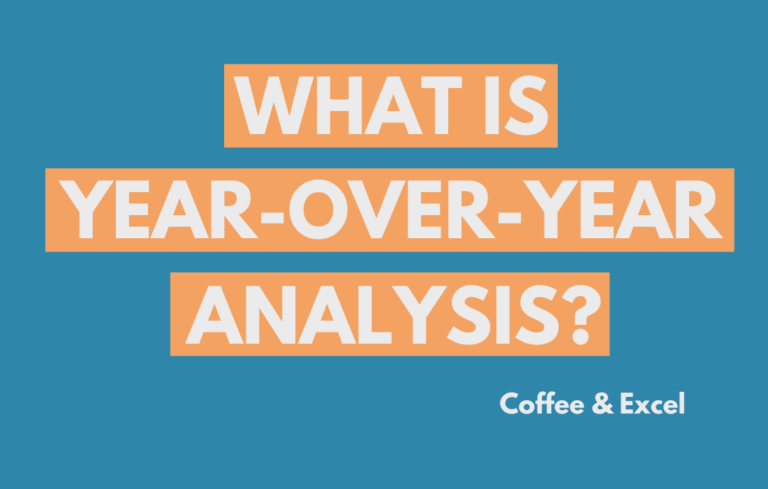The Power of Numbers: 10 Most Important Financial Ratios Every Investor Should Know
Introduction
In finance and investment, it’s often said that the numbers don’t lie. Understanding the story they tell is key to making sound investment decisions. Among the many financial tools at an investor’s disposal, financial ratios stand out for condensing complex financial information into understandable and comparable metrics. This blog post will illuminate the 10 most important financial ratios investors should have in their toolkits.
1. Current Ratio
The current ratio is a liquidity ratio. It measures a company’s ability to pay its short-term liabilities with its short-term assets. It’s calculated by dividing current assets by current liabilities. A ratio over 1 suggests the company is well-equipped to meet its short-term obligations.
Current Ratio: Current Assets / Current Liabilities
Example: If a company has $400,000 in current assets and $200,000 in current liabilities, its current ratio would be 2.0, indicating a strong liquidity position.
2. Quick Ratio
Also known as the acid-test ratio, the quick financial ratio is another measure of liquidity. Unlike the current ratio, it excludes inventory from current assets. The reason? Inventory might take time to convert into cash. A quick ratio above 1 indicates that the company can meet its short-term obligations without selling inventory.
Quick Ratio: (Current Assets – Inventory) / Current Liabilities
Example: If a company has $150,000 in quick assets (current assets minus inventory) and $100,000 in current liabilities, its quick ratio would be 1.5. This suggests the company has enough liquidity to cover its short-term liabilities, even without selling inventory.
3. Debt-to-Equity Ratio
The debt-to-equity ratio is a solvency ratio. It indicates the proportion of a company’s financing that comes from creditors versus shareholders. A high ratio might suggest that the company has aggressively financed its growth with debt, which can lead to higher risk during economic downturns.
Debt-to-Equity Ratio: Total Debt / Shareholder’s Equity
Example: If a company has $2 million in total debt and $1 million in shareholders’ equity, its debt-to-equity ratio is 2.0. This means it has twice as much debt as equity, suggesting a relatively high level of financial risk.
4. Gross Margin Ratio
The gross margin financial ratio shows the proportion of money left from revenues after accounting for the cost of goods sold (COGS). This ratio demonstrates a company’s manufacturing and distribution efficiency during production.
Gross Margin Ratio: (Revenue – Cost of Goods Sold) / Revenue
Example: If a company has revenues of $500,000 and COGS of $200,000, its gross margin ratio is 60%. This means 60% of the revenue remains after subtracting the cost of producing the goods.
5. Operating Margin Ratio
The operating margin ratio is a profitability financial ratio. It shows how much profit a company makes from its core operations per dollar of revenue without taking into account taxes and interest.
Operating Margin Ratio: Operating Income / Revenue
Example: If a company has an operating income of $100,000 and total revenue of $500,000, its operating margin ratio is 20%. This means that each dollar of revenue makes 20 cents in profit from its core operations.
6. Return on Assets (ROA)
ROA is a profitability ratio measuring how profit is generated by a company effectively using its assets. A higher ROA indicates a higher level of managerial efficiency.
Return on Assets (ROA): Net Income / Total Assets
Example: If a company has a net income of $50,000 and total assets of $200,000, its ROA is 25%. This means that the company made 25 cents in net income for every dollar of assets.
7. Return on Equity (ROE)
ROE is another profitability financial ratio that measures a company’s financial performance by dividing net income by shareholders’ equity. It shows how much profit a company generates with shareholders’ money.
Return on Equity (ROE): Net Income / Shareholder’s Equity
Example: If a company has a net income of $100,000 and shareholders’ equity of $500,000, its ROE is 20%. This means that for each dollar of shareholders’ equity, the company generated 20 cents in profit.
8. Price-to-Earnings (P/E) Ratio
The P/E ratio is a valuation ratio that compares a company’s current share price with its earnings per share (EPS). It’s a simple but powerful tool to check if a stock is over or underpriced.
Price-to-Earnings (P/E) Ratio: Market Value per Share / Earnings per Share (EPS)
Example: If a company’s share price is $50 and its EPS is $5, the P/E ratio is 10. This suggests that an investor is willing to pay $10 for each dollar of earnings.
9. Earnings Per Share (EPS)
EPS measures the portion of a company’s profit allocated to each share of common stock. It’s a key indicator of a company’s profitability.
EPS: (Net Income – Dividends on Preferred Stock) / Average Outstanding Shares
Example: If a company has a net income of $200,000, pays $50,000 in dividends, and has 150,000 outstanding shares, its EPS is $1. This suggests that if the company distributed all of its net income to outstanding shares, each share would receive $1.
10. Inventory Turnover Ratio
Inventory turnover ratio measures how often companies sells and replaces their inventory in a given period. It’s a critical efficiency ratio for companies that hold inventory.
Inventory Turnover Ratio: Cost of Goods Sold / Average Inventory
Example: If a company’s cost of goods sold (COGS) is $400,000 and its average inventory is $100,000, its inventory turnover ratio is 4. This means the company sells its entire inventory four times per year.
Conclusion
These ten financial ratios offer invaluable insights into a company’s liquidity, solvency, efficiency, and profitability. Understanding and applying these ratios can unlock hidden truths in balance sheets and income statements, making smarter investment decisions. Remember, though, that no single financial ratio tells the whole story, no matter how powerful. For the clearest view of a company’s financial health, it’s best to consider all these ratios together as part of a larger, comprehensive.



4 Comments